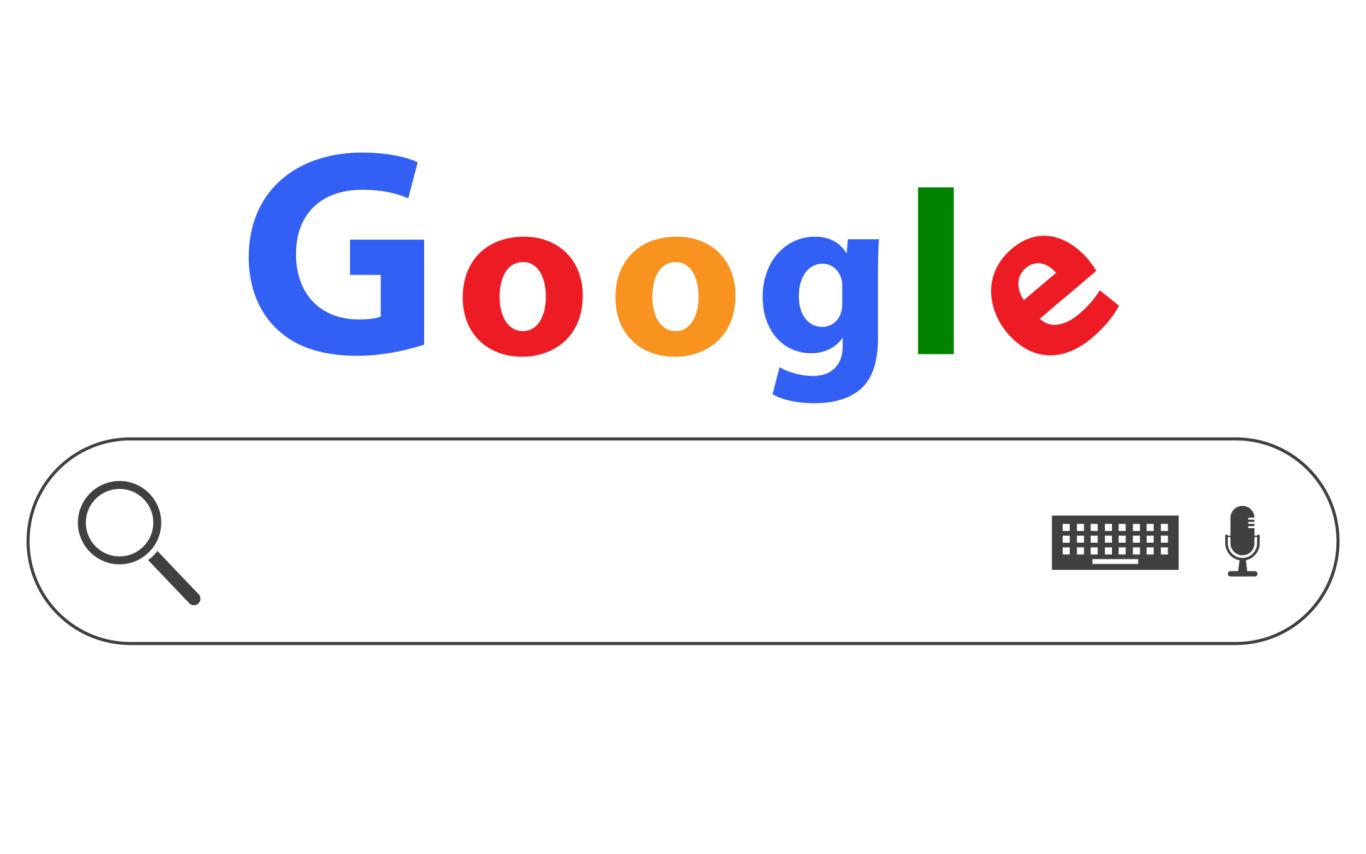Image sitemaps

🖼️ What Is an Image Sitemap?
(And why every modern site should have one)
An image sitemap is a special type of XML file that gives search engines (like Google) a structured overview of your site's images — especially those not directly embedded in HTML (e.g., lazy-loaded, JavaScript-rendered, or background images via CSS).
If you care about image discoverability, visual content ranking, or just want better SEO across the board — this is for you.
✅ Why Use an Image Sitemap?
Including an image sitemap can make or break whether your images appear in Google Images and other visual search tools.
Key Benefits:
- 🔍 Better indexing for images loaded via JavaScript, sliders, galleries, or CSS
- 📈 Boosts visibility for products, infographics, artwork, and visual content
- 🧾 Enables rich metadata association — captions, licenses, credits, and more
If images are part of your brand, product, or story — search engines need help seeing them. An image sitemap provides that visibility.
🔧 Example: Image Sitemap Format (XML)
You can either embed image info into your main sitemap or create a dedicated sitemap-images.xml.
<?xml version="1.0" encoding="UTF-8"?>
<urlset
xmlns="http://www.sitemaps.org/schemas/sitemap/0.9"
xmlns:image="http://www.google.com/schemas/sitemap-image/1.1">
<url>
<loc>https://www.example.com/article-1</loc>
<image:image>
<image:loc>https://www.example.com/images/pic1.jpg</image:loc>
<image:title>Guitar Chord Diagram</image:title>
<image:caption>Visual chord reference for beginners</image:caption>
</image:image>
</url>
</urlset>
🧠 Best Practices
- ✅ Use full URLs for
<image:loc>(no relative paths) - 🖼️ You can list multiple images per page
- 🏷️ Add meaningful metadata (
title,caption,license) - 📤 Submit your sitemap via Google Search Console
👀 When Should You Use It?
- Photography or portfolio websites
- Product-heavy e-commerce stores
- Blogs with visuals, infographics, or diagrams
- Any site using lazy loading, JS sliders, or modern frameworks like React, Vue, or Blazor
🛠️ Already Done for You (If You Use My Stack)
You could write code to generate this manually—or let my DevStack do it for you.
🔧 The image sitemap builder is already wired up in my ASP.NET Core boilerplate:
return Content(SitemapBuilder.GenerateImageSitemap(), "application/xml");
It pulls in all relevant metadata like:
- Image title
- Description
- Licensing info
- Creator/author
Ready to drop in. Works with your downloads, uploads, or content sections.
🚀 Want Help Implementing It?
If your site isn’t getting the image traffic it deserves — it might be time to optimize your visuals for indexing, not just aesthetics.
✅ Let me help you wire it up
⚙️ View the DevStack source
📄 Check my CV to see how I’ve done it at scale
You focus on the creative — I’ll make sure Google finds it.